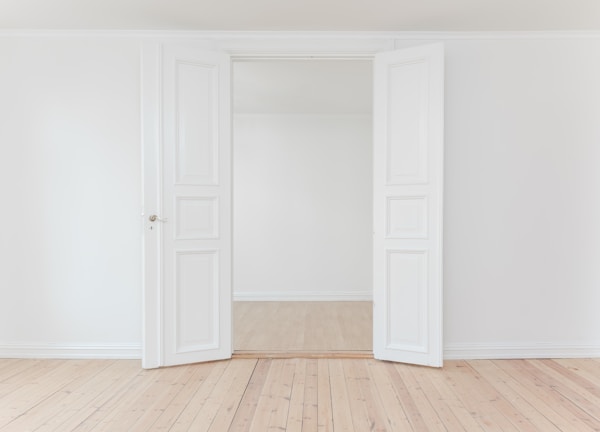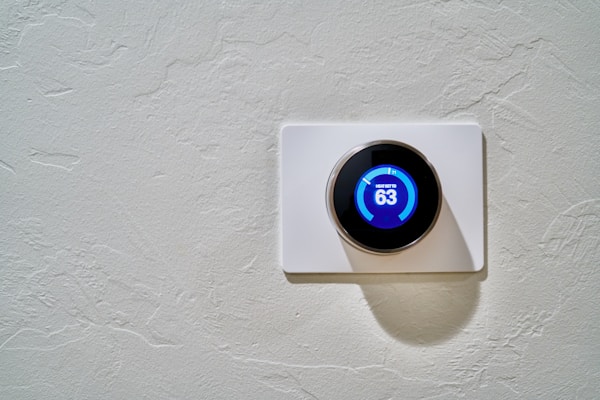If you want to save money on energy costs, it pays to know how to place your thermostat for maximum efficiency. In this article, we'll share some tips and tricks for making your home's HVAC system work for you. Keep reading to learn more about thermostat placement.
Installing Your Thermostat

Thermostat placement is an important factor in determining how efficiently your heating and cooling system operates. Ideally, the thermostat should be placed in a central location in your home where it can sense the temperature accurately. If the thermostat is in a place where it is not exposed to the air, it will not be able to accurately control the temperature.
You should avoid placing your thermostat on a wall that receives direct sunlight. If it is placed in a spot that receives direct sunlight, it may cause the air conditioning unit to run more than necessary. The thermostat should also be placed away from doors and windows so that drafts do not affect its accuracy.
Setting Your Thermostat
When it comes to thermostats, there are a lot of myths and misconceptions about what is the most efficient way to use them. One of the biggest mistakes people make is thinking that they need to turn their thermostats down really low to save energy. However, if you set your thermostat too low, you can actually end up using more energy!
The best way to set your thermostat for maximum efficiency is to find the right balance between keeping your home comfortable and saving energy. You want to keep your thermostat at a temperature where you don’t have to keep adjusting it every time you get chilly or warm. If you have an automatic programmable thermostat, experiment with different settings until you find one that works well for you.
If you don’t have an automatic programmable thermostat, there are still a few things you can do to make sure your thermostat is working as efficiently as possible. First of all, make sure your furnace or air conditioner isn’t oversized for your home. Oversized appliances will cycle on and off more frequently, which uses more energy than if they were running at full capacity. Also, be sure to clean or replace your air filters regularly—dirty filters will restrict airflow and cause your appliances to work harder than they need to.
Programming Your Thermostat

According to Energy Star, you can save about $180 per year by using a programmable thermostat. There are many different types of programmable thermostats on the market today. Some are specific to certain brands of heating and cooling equipment, while others can be used with any type of system. Before you purchase a new thermostat, make sure it's compatible with your HVAC system.
Most programmable thermostats have four basic programming options: Weekday programming, weekend programming, vacation programming, and temporary override. Some models also offer energy savings profiles that allow you to set your thermostat for maximum efficiency during times when you're typically away from home or asleep.
To get the most out of your programmable thermostat, it's important to understand how each setting works. For example, if you set your thermostat for 72 degrees when you're home but only need it at 68 degrees when you're away or asleep, the temperature will drop 7 degrees overnight (or whenever it's not occupied).
However, if your schedule changes occasionally or if there are periods when someone is always home (like during holidays), then it might be more convenient to use a manual override feature instead of having the temperature automatically change based on your programmed schedule.
Overall, the placement of your thermostat is important for maximizing efficiency. In general, the thermostat should be placed in a location where it can sense the average temperature of the room. Additionally, investing in a programmable thermostat is a great way to save on energy costs.






